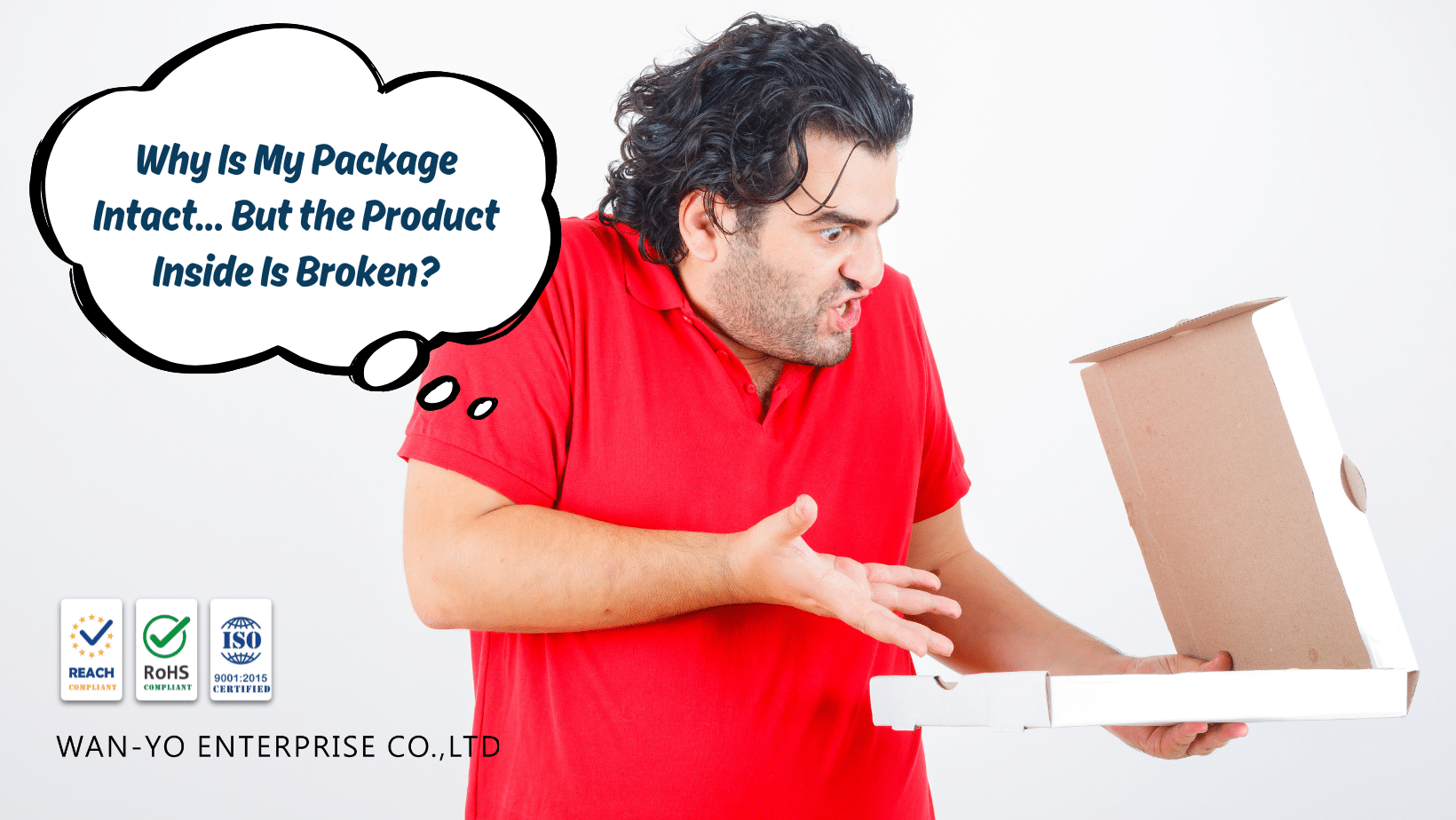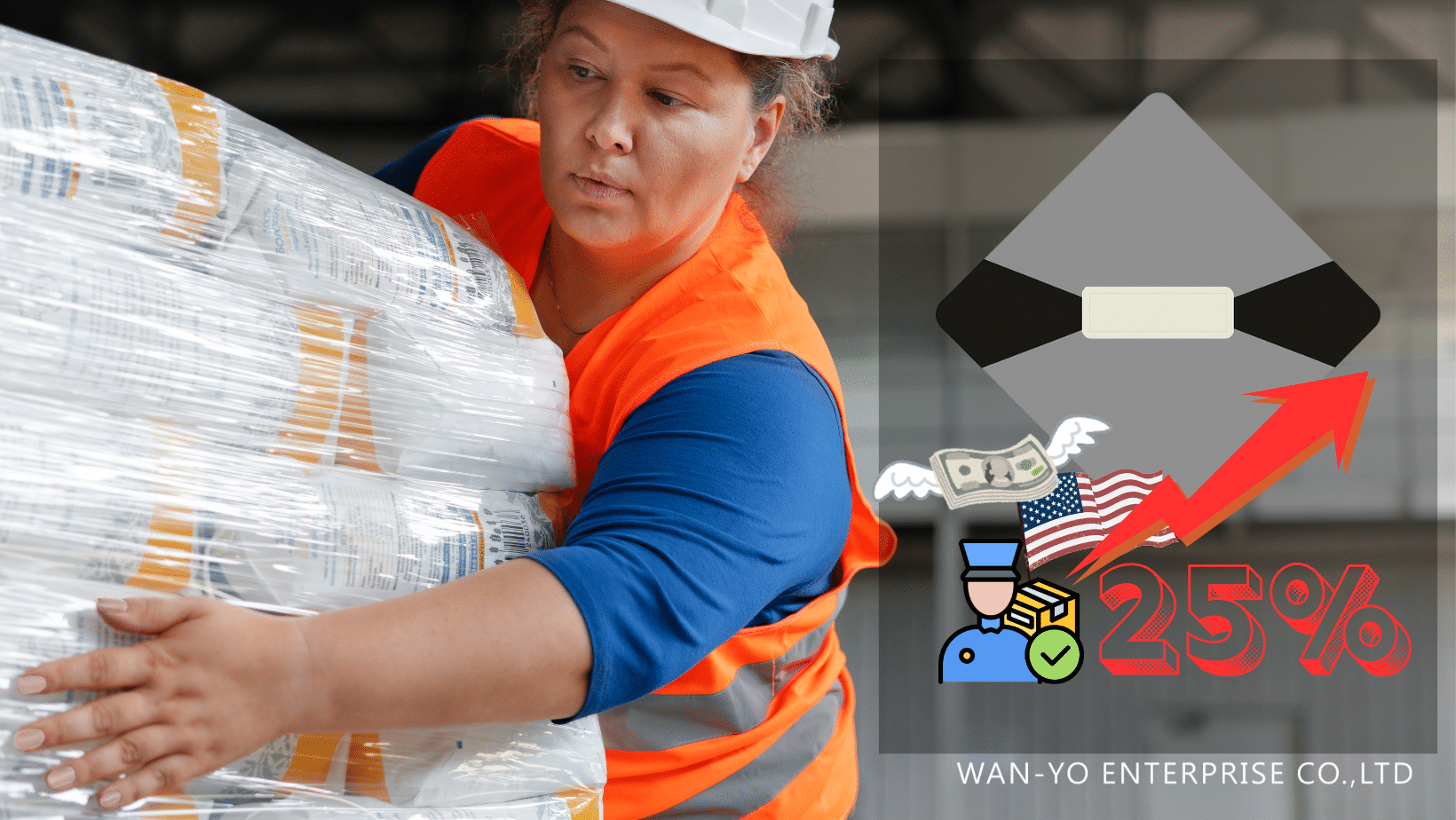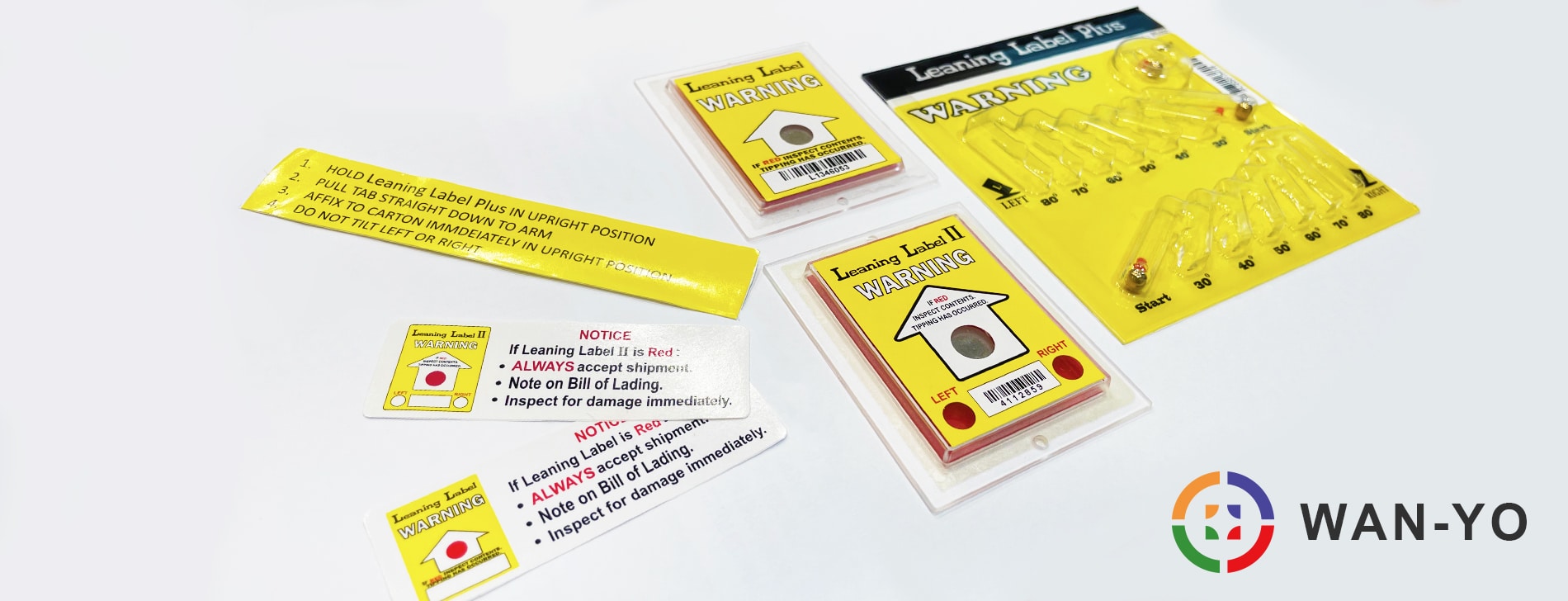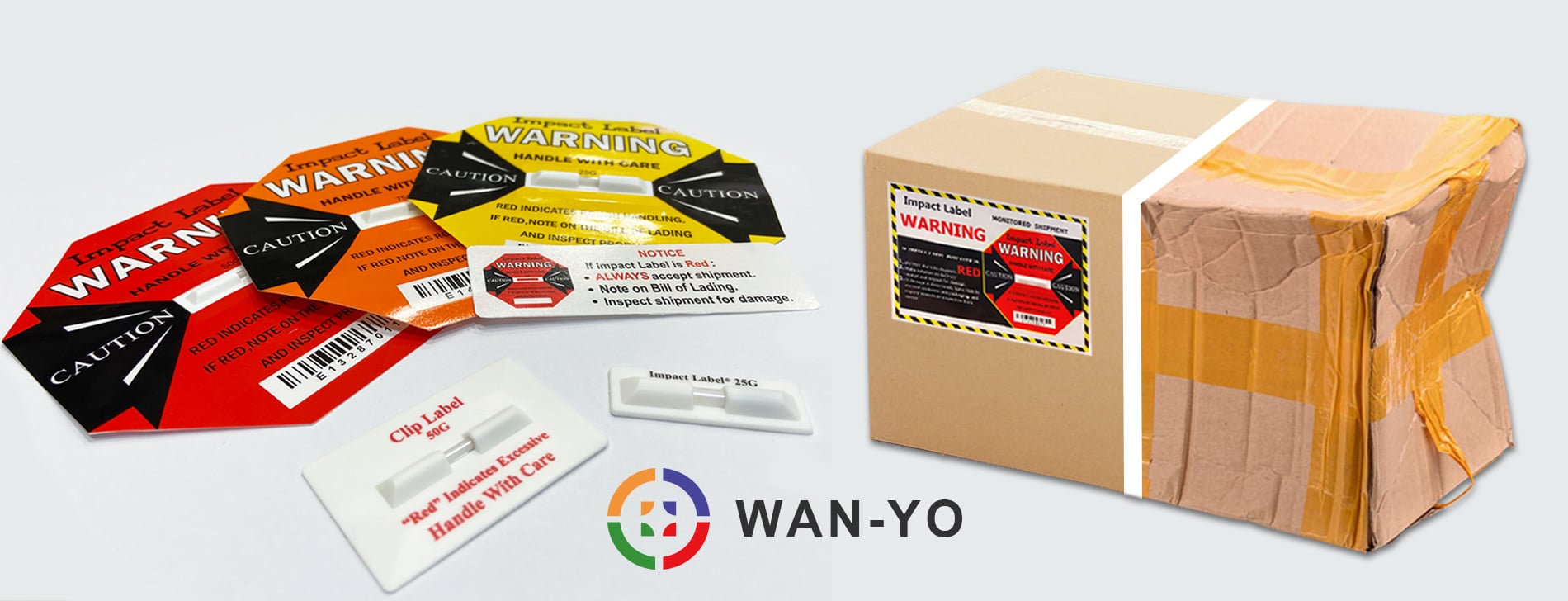How To Reduce Cargo Damage? Shock And Tilt Indicators Help
Do you know the correct procedure for shock and tilt indicator activation? You’re likely at risk of subsequent disputes if any wrong action. On the contrary, the right action leads to clarified responsibility, acquired compensation, and improved shipping quality, which realizes reduce cargo damage by 70%.
What To Do for Shock and Tilt Indicators Turn Red?

Procedure For Shock/Tilt Indicators
The authority and responsibility divide into 3 parts from the chart: Consignee, Handler, and Shipper. Each of them has the corresponding standard procedures. You can read your position and its process.
1. Shipper
(1) You get a notification of activation from the handler. You should ask the handler to photograph first.
(2) Instruct to continue delivery and wait for the consignee’s notification.
(3) Find out the reason why the shipping damage indicator turns red, mishandling by hander or route for example, and ask the carrier for a solution and improvement to the problem.
2. Carrier
(1) Take photos, inform your supervisor and shipper, once handlers find the activation of shock and tilt indicators. Waiting for the instruction from the shipper/supervisor.
(2) Find out where and why thecargo was impacted during transportation and propose an effective improvement.
3. Consignee
(1) DO NOT reject the cargo and note “the indicator activation” on the receipt when the shipping indicator turns red.
(2) Notify the shipper and the insurance company first, then check the goods inside. If damage, negotiate for replacement or return. If no damage, stock in.
Cargo Insurance and Shipping Damage Indicator
Imagine you’re from the insurance company. Do you prefer customers to apply shipping damage indicators or not?
You definitely prefer the indicators on cargo because the more damage rate typically drops the fewer shipping insurance claims are settled.
What if the insurance company receives a notification of indicator activation? An insurance specialist helps with unpacking and goods checking. Shipping damage claims based on the goods damage degree. The shock and tilt indicators act as evidence and real-time notification.

How to Maximize Utility of the Shock and Tilt Indicator? – 4 Key Points
“Your shock and tilt indicator is useless!” feedback from customers.
The purpose of using a shipping damage indicator is to reduce cargo damage for shippers, no matter improvement of handling quality and costs. However, the shock and tilt indicator is just a sticker because of the wrong way to use it.
(1) Before arranging cargo, you should clearly state that shock and tilt indicator monitors during entire transportation. The red indicates a set impact force occurred during transit and the carrier is responsible for the loss. Ask them to be very careful of your cargo.
(2) Apply the small warning sticker on the bill of lading as a reminder to the handlers. Remind the handlers once again when picking them up from your warehouse.
(3) In the event of indicators activation, the shipper should request the carrier to provide an improvement to prevent activation in the future.
(4) After the carrier has been educated to handle your goods carefully, the shipper should continue to use indicators to monitor, so that the handlers take care of your goods.
Carrier Refuse Delivery
What if the carrier refuses to deliver your cargo? You’ve probably experienced that when the carrier refused to deliver your goods due to lots of claims.
Think it twice, do you find it tricks? A good carrier views a customer’s cargo as a treasure and carefully handles it. A carrier refuses to deliver or never takes your claims seriously, which means irresponsible and no guarantee for the shipper.
The best way to change into a better carrier and use the shipping damage indicator with your cargo to monitor. You can only realize safe delivery from the warehouse to the destination by pinpoint problems and improving better delivery.
Summary
Cargo insurance can reduce the loss of the goods damaged, however, if you think that cargo insurance is enough, you merely cover up the real problem. The consignee has to spend time checking goods and claims for return. The situation is troublesome for both parties.
The point is that the shipper should find out the cause of the damage and solve the problem. You should use shock and tilt indicators to monitor, find out the problem and solve it together with the carrier. Only when the damage problem solved, the consignee understand that you treasure and value the customer, and then promotes corporate images.
Read More
 |
『2 Pointers』Taking Delivery And Claims For Damaged Goods Our previous article “B2B Skill》Insure Marine Insurance Against for Exporting/Importing Goods” has given a brief introduction to insure marine insurance for goods… |
這篇內容同時也提供 [繁體中文] 版。













